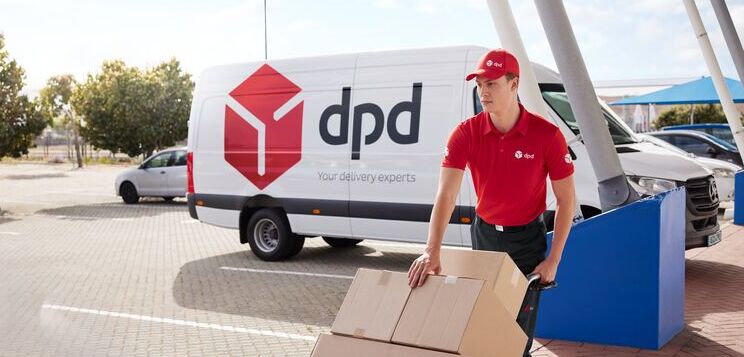Is there a compelling reason to implement analytics & optimization? STEP 1 – Prove the bridge is on fire

A European department store, very well-known and led by one of the most iconic figures in the retail industry was undergoing a major shift. The business had recently pivoted towards a younger, more frequent buyer with the emphasis on dynamic, on-trend fashion.
Retail analytics are typically fruitful due to the availability of granular EPOS sales data and the ability to predict how products will move through their lifecycle due to the differing levels of fashion maturity in each geography. There was serious talent on the team with one guy in particular, Stefan, able to analyze data in ways that consistently blew people away.
The effort to understand whether operations are aligned with this new strategic direction began with store, warehouse and distribution center visits. It didn’t take long to identify a major issue. DUST! Dust doesn’t belong in a supply chain that is coupled to short fashion lifecycles. First, dust on a retail fascia can manifest on either empty shelves or slow moving product – both very expensive. Dust in warehoused products indicates low velocity in a business that should see near continuous movement. It was becoming clear that the supply chain was still geared towards the long lifecycle products upon which the business was built and the ability of the supply chain to quickly sense and respond to the fashion environment was inadequate.
Analytics are important to a business but they pale in comparison when compared to the quality of the question being asked. The question the retailer had asked and received a falsely comforting response via their regular reporting system was:
‘How much stock do I have and what is its average age?’ How much stock do I have is a valid question, stock consumes working capital. Stock age can be very misleading as stock-outs flatter.
The question that should have been asked was subtlety different:
‘How much stock do I have and what is the probability of it selling?’ The answer can’t be too different, right?
An analysis leveraging sales data and geographical lifecycle indicators classified inventory into three major segments:
- Dead stock – simply an (unwelcome) snapshot of stock that has no buyer without deep discounting
- Live stock – an indication of inventory that is in demand by customers
- Distressed stock – inventory that is experiencing early or late indicators of collapsing demand
Shockingly the retailer discovered that a full 60% of the inventory was either dead or distressed. Where stock was in demand there were many stock outs and many instances where a particular product was absent in a store where there was high demand and that same product was overstocked where there was no demand – double whammy.
Two slides
Two slides were produced for an upcoming executive meeting, one a graphical representation of the inventory situation and the second a series of photographs that showed the issue manifesting itself in stores. The slides were presented to the CIO and CFO. After many iterations of ‘this isn’t true’, ‘this can’t be true’ the robustness of the analysis helped them realize the situation. The bridge was well and truly alight. Within 48 hours the board was called together for a briefing.
The CEO was, and still is a huge talent in the fashion business. His instinct for what will and won’t sell is rare but shortening fashion lifecycles, an increasing portfolio of stores and the willingness of his competitors to better analyze vast amounts of sales data meant that instinct alone wasn’t enough. The near real-time ability to sense and respond to situations was lacking. In fact, it made it crystal clear that finding the optimal balance between demand and stock levels is not directly obvious and would require a more sophisticated approach.
It took him only ten minutes to understand the full gravity of the situation. He was shocked and appalled that the heads of merchandising and supply chain were unaware of the gravity of the situation and did not have this type of data at their fingertips. The mission was clear – it was time to thoroughly and comprehensively embed analytics and subsequent optimization into the business. STEP 1 achieved – A clear need for analytics has been demonstrated.
A burning bridge
In 90% of cases it is the only reliable means of starting the processes of building a culture of analytics and optimization in an enterprise. We may look back in ten years and think that the burning bridge was the lack of data but we propose analytics is an important capability to help you assess what is going on and make improvements. It not only helps organizations ask smarter questions, it helps them make better decisions. So build your hypothesis, crunch the numbers, provide your evidence and produce analysis that once seen, cannot be ignored.
Get a roundup of our best supply chain content every month in your inbox! Sign up for our blog digest here.





